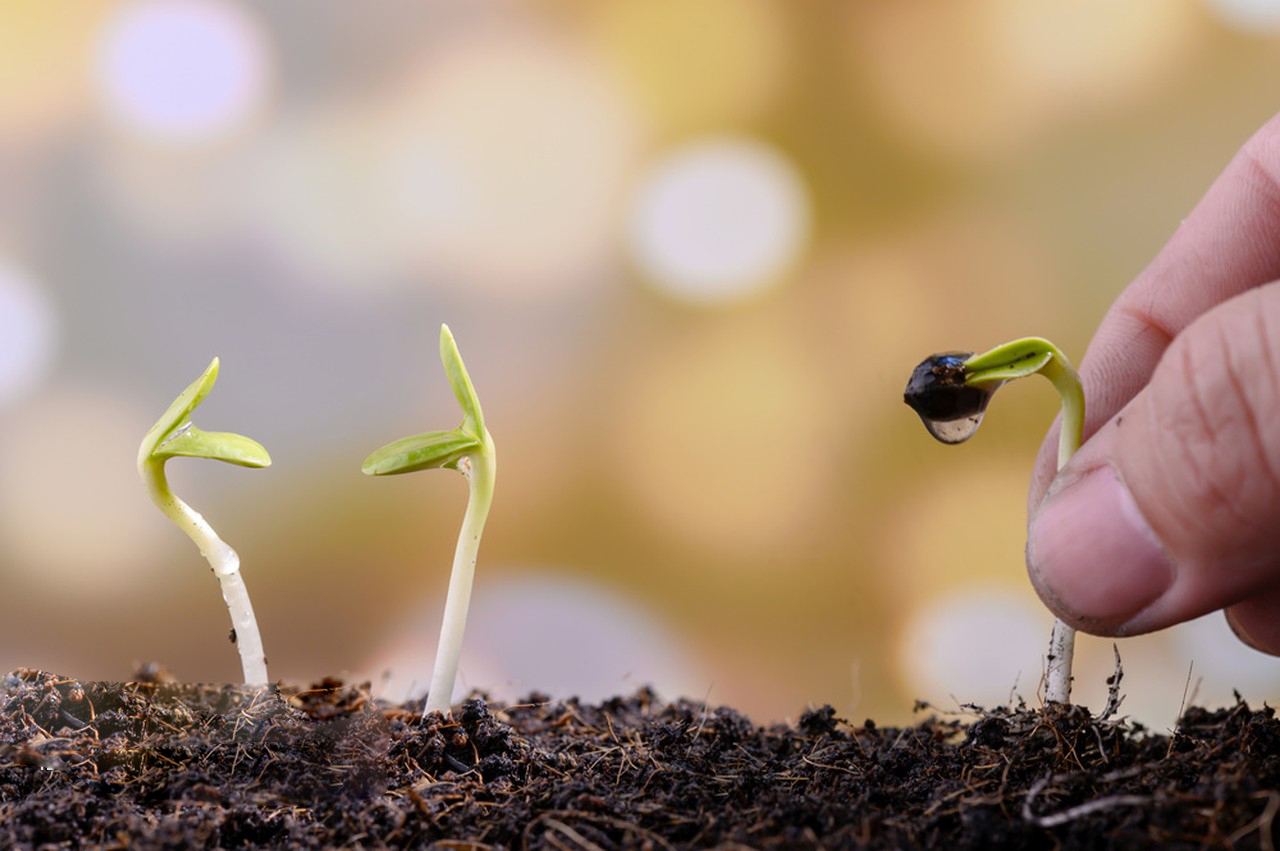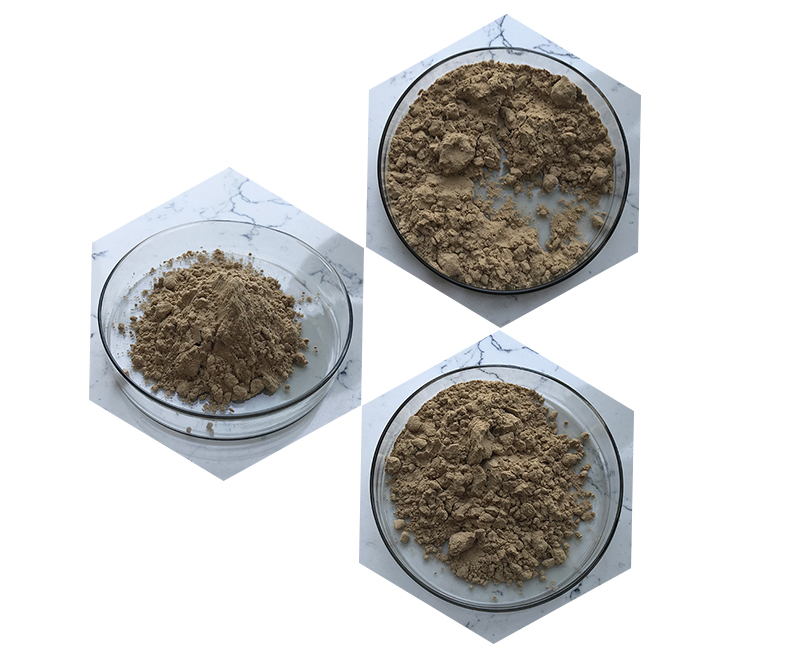Bacillus thuringiensis (Bt) is a bacterium commonly used as a biological pesticide due to its insecticidal properties. Here’s an overview of the materials and methods typically involved in its application and study:
Materials of Bacillus Thuringiensis
1.Bacterial Strains: Different strains of Bacillus thuringiensis, which produce various insecticidal toxins (e.g., Cry proteins).
2.Growth Media: Nutrient agar or broth suitable for cultivating Bacillus thuringiensis, often enriched with glucose or yeast extract.
3.Insect Test Subjects: Target insects (e.g., caterpillars, beetles) that are sensitive to Bt toxins.
4.Equipment:
- Incubator for bacterial culture.
- Sterile petri dishes and flasks.
- Pipettes and sterile syringes for liquid handling.
- Centrifuge for protein purification, if applicable.
- Micropipettes for small-volume measurements.

5.Analytical Tools: Equipment for toxin quantification (e.g., spectrophotometer) and methods for measuring insect mortality (e.g., counting survivors).
Methods of Bacillus Thuringiensis
1.Cultivation:
- Inoculate the growth medium with Bacillus thuringiensis and incubate under optimal conditions (temperature and aeration) to promote bacterial growth and toxin production.
2.Toxin Extraction:
- Harvest the bacterial culture and use centrifugation to separate the cells from the supernatant.
- Extract the toxins, typically using methods such as protein precipitation, dialysis, or chromatography.
3.Bioassays:
- Prepare test diets or solutions containing the extracted toxins.
- Expose target insects to varying concentrations of the toxin to determine toxicity levels (LD50) and observe mortality rates.

4.Data Analysis:
- Analyze the results using statistical methods to evaluate the effectiveness of the toxin and its impact on different insect species.
5.Field Trials (if applicable):
- Apply the Bacillus thuringiensis formulation to crops or natural habitats to assess its efficacy in real-world conditions, monitoring pest populations and any potential non-target effects.
This is a general outline; specific protocols may vary based on research goals or commercial applications.
